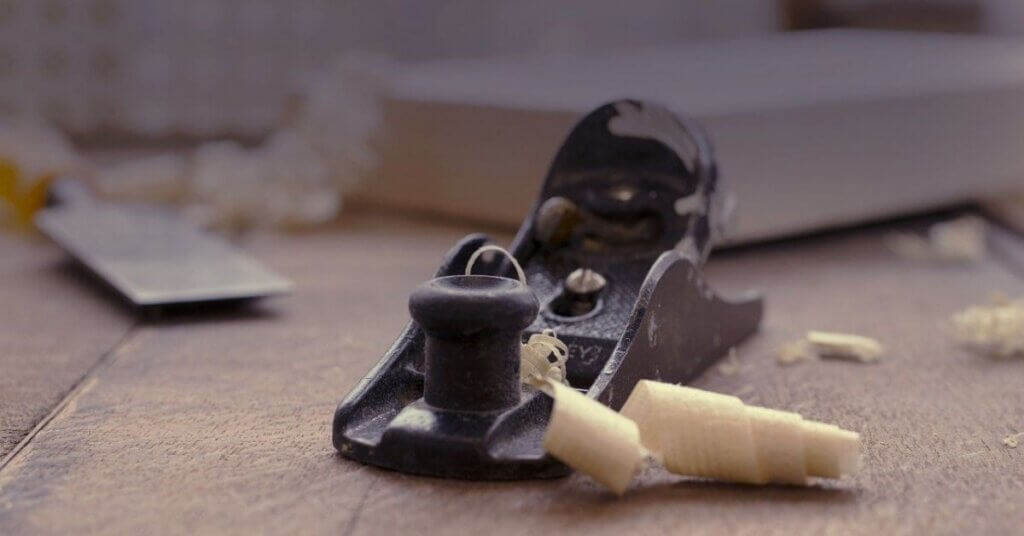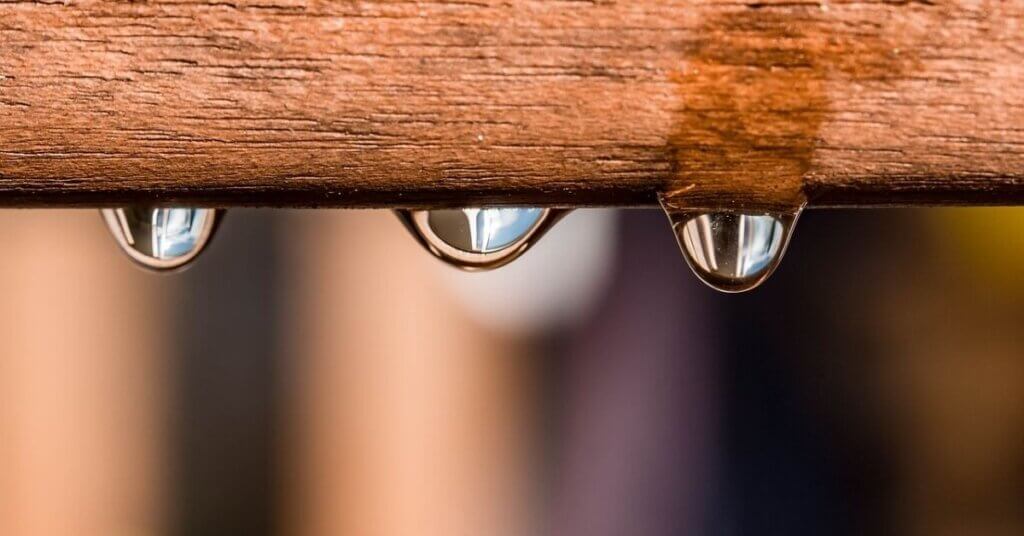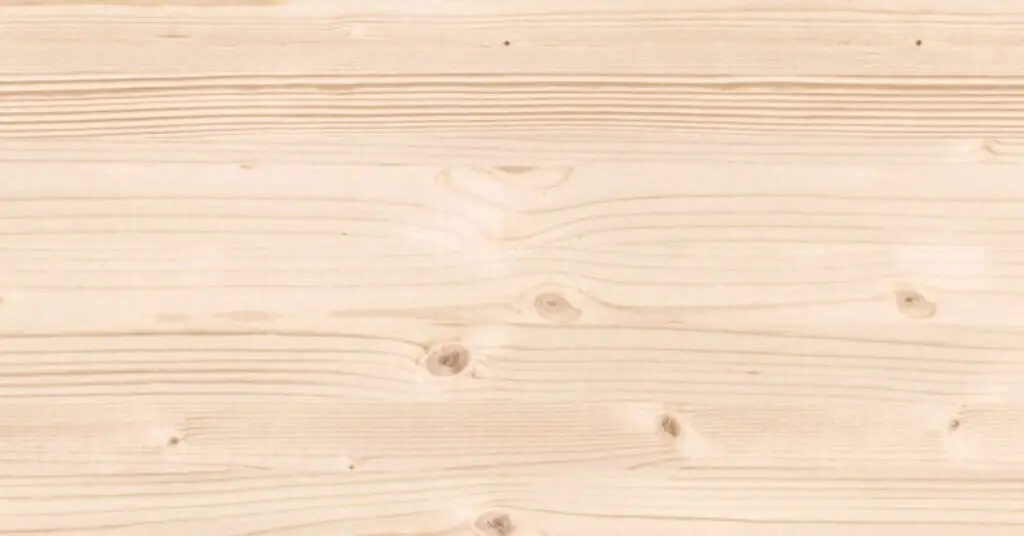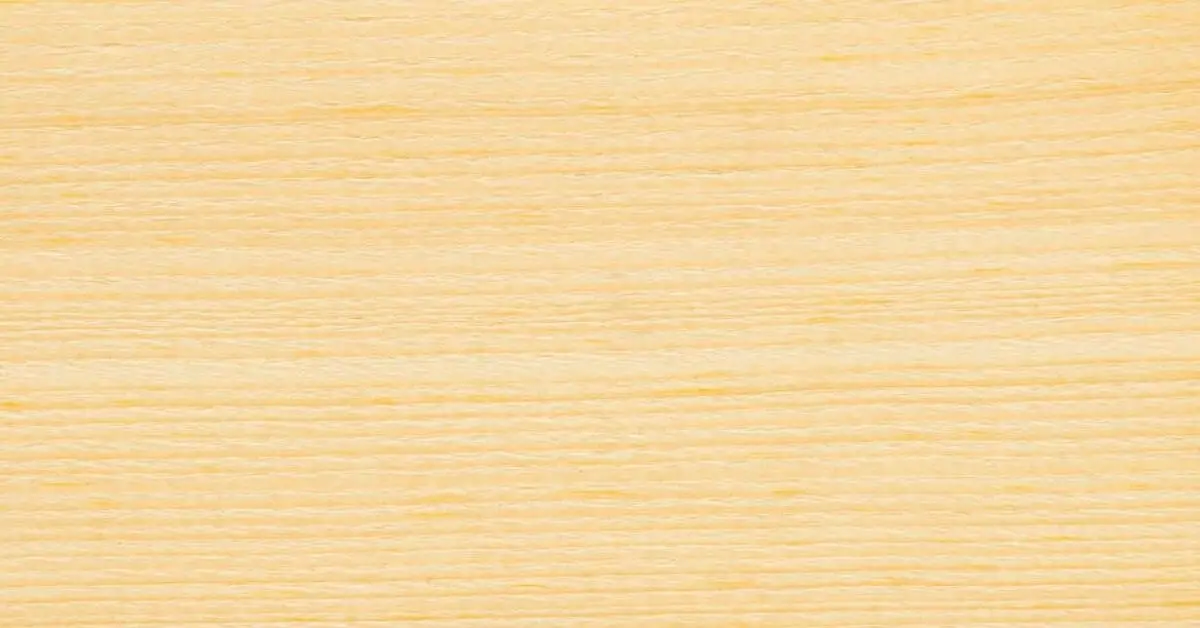What is Spruce Wood?
Spruce is a lightweight, stable, rot-resistant, and affordable softwood. Lumber is a versatile and convenient building material for many purposes. Due to its lightweight and low hardness, It is easy to work with tools.
Spruce’s density and hardness are comparable to pine wood, So it can also be considered an alternative to pine. Pine and spruce are more prone to dents and scratches as compared to any hardwood.
Spruce is a coniferous evergreen tree in the family Pinaceae. A mature tree can grow very tall. The growth rate of a spruce tree is 8 inches to 12 inches per year. Sitka spruce is the tallest species of spruce that can reach 250 to 300 feet in height.
| Scientific name: | Picea |
| Tree Size: | 20 to 60 m (about 60–200 ft) tall, 2–3 ft (.6–1 m) trunk diameter |
| Wood Color: | Reddish-brown to yellowish-white or creamy white |
| Durability: | Rated as moderate-durable |
| Rot-resistant: | Low to moderate rot-resistant |
| Workability: | Easy to work |
| Finishing: | Finish well |
| Type: | Softwood |
| Uses: | Paper (pulpwood), Framing, millwork, crates, boat building, and aircraft, |
Spruce Wood Uses
Building and Construction
Spruce wood is mostly used in building and construction. Its stiffness and the straight ratio are good.
Spruce wood is readily available and relatively inexpensive compared to many other types of softwood and hardwood. It is easy to handle and easy to bend, So It can be crafted into any preferred shape and structure.
Musical instruments
Spruce wood is widely used for making musical instruments and their parts. Spruce is a great choice for a violin top, guitar tops, and piano soundboards.
It has closed growth rings that give them a great sound in instruments and make great tonewood. Its unique sound texture makes it different from other wood.
Paper (pulpwood)
Spruce lumber is commonly used for paper production. The long fiber length of the cellulose fiber is the most important parameter in making quality paper.
Apart from spruce wood, other softwoods are also used for paper production. Such as Pine, fir, hemlock, and a few other softwoods.
Boxes/Crates
Spruce wood is used to make quality boxes or crates. It can hold heavy-weight goods, due to their light-weight, they are easy to transport and easy to handle.
Boats and aircraft
Spruce wood is strong and durable enough to make boats and aircraft. Wood finishes well and has medium resistance to decay. Treated spruce lumber can be the best choice for boats and aircraft.
Spruce wood Advantages and Disadvantages
Spruce is a great softwood species, but they also have their advantages and disadvantages. Let’s know what it is.
Advantages
Affordable
Like most softwoods, spruce wood is easily available at an affordable price. There is not much difference in the price of pine and spruce wood.
Uniform texture
Spruce wood has a fine, even texture, and consistently straight grain. It gives a smooth finishing and uniform appearance
Workability
Almost all species of spruce wood can be easily worked with. That’s why carpenters prefer all types of softwood, it saves both resources and time.
Rot Resistant
The heartwood (central wood of trees) of spruce wood is low to medium rot resistant. Sapwood is not rot-resistant and can rot easily.
Treated spruce wood is more rot-resistant than ordinary wood. But Treated wood is expensive.
Disadvantages
Less Durability
As we know that spruce is sapwood, So its durability is not as much as that of a hardwood species. Spruce wood requires regular maintenance to extend its lifespan.
Softwood is not suitable for outdoor uses. The life of wood can be increased by staining or sealing.
Insect attacks
Spruce wood is susceptible to insect attacks. Due to this problem, spruce wood cannot be used in the outdoor area. It attracts insects and fungus.
Working with Spruce Wood

Spruce wood is easy to work with hand and power tools. Due to its low density and lightweight, it can be easily cut and curved.
Several medium-sized dark knots may be present in some parts of the wood, so this can be a bit difficult to work with.
One of the common problems with spruce wood is that it splits easily while working. Some species of spruce are very soft and do not hold nails and screws well.
Staining Spruce wood
Spruce Wood readily accepts all types of stains. It is a light-colored wood, So you can go with light to dark stains.
But a common problem is that the result of the stain is blotchy and uneven. This problem happens due to the open and large grain that quickly absorbs the stain and creates a blotchy surface.
So we need to prepare the wood surface before the stain. Two coats of pre-conditioner create a thin layer and make the absorption process slow. So that the stain accepts uniformly.
An oil-based stain is the best choice for outdoor uses. It protects the wood from wind, rain, and sunlight.
Can Pine Wood be Painted?
Yes, Painting Spruce wood is relatively easy. But for smooth and fine results, sand the wood surface with the medium grid.
Sanding helps to smoothen wood texture and enhance the wood’s appearance.
Is Spruce Wood Allergic?
No serious allergy problems have been observed with spruce wood. Usually, the most common reactions include only skin irritation and/or respiratory disorders
But all types of wood dust can be a problem for asthmatic and skin sensitive patients. So be careful while woodworking.
Is Spruce wood waterproof?

This is a common question that owners often ask. Whether the wood they are going to use is waterproof or not.
No, Spruce wood is not waterproof wood. It soaks water and begins to rot in contact with moisture and soil.
Spruce is a low-density wood, its open-porous grains absorb moisture. Although some species of spruce perform well in moisture and are used for boat building. Treated or painted wood can be the best choice for the outdoors.
By the way, no wood is 100% waterproof, some wood species perform well in moisture for a while.
Is spruce wood hardwood or softwood?
Spruce wood is softwood, It is a softwood that is relatively low in density as compared to most hardwoods. Common examples of softwood include pine, fir, larch, and cedar.
Generally, softwoods are lighter in color and have a lower density. Most softwoods are weaker than hardwoods. Softwood trees grow rapidly as compared to hardwood trees.
There are some softwoods that are harder and stronger than hardwoods such as Aromatic Red Cedar, juniper, and yew.
Is spruce wood good for firewood?
As for firewood, we have a lot of options. When we talk about spruce, it is not famous for firewood. Because it does not generate high heat and burn quickly.
Being softwood, it is easy to burn, split, and easily available at an affordable price.
The BTU value of Spruce wood is 14.5 Million BTUs per cord. This value is less than that of many softwoods.
A British thermal unit (Btu) is a measure of the heat content of fuels or energy sources.
But still, spruce wood is used as firewood because it is cheap and easily available.
Spruce wood price
Spruce wood is cheap and easily available on the market. But the price of wood depends on many factors.
Based on the quality of the wood, it is divided into grades. High-grade wood does not have defects and knots. High-grade spruce is more expensive, Whereas low grades have knots and cracks, so they cost less.
High and medium-grade wood is used for making furniture and flooring. While Low-grade woods are used in construction.
Types of Spruce Wood

There are 35 species of Spruce(Picea), commonly found in the northern temperate. Some of the famous species are as follows: White Spruce, Black Spruce, Sitka Spruce, and Norway Spruce.
The color appearance and grain pattern of these species are very close to each other, But their hardness, weight, and price may differ.
1. White Spruce (Picea glauca)
White spruce is durable, stable, and low to moderate rot resistance wood. It has a straight grain, with a uniform texture. Black knots may be present.
The heartwood of spruce is pale yellowish-white while the sapwood is creamy white, with a hint of yellow.
White spruce is a large evergreen coniferous tree. Trees grow about 110 feet (34 m) tall, and 2–3 feet (.6–1.0 m) trunk diameter. It is native to Northern North America.
Rot Resistance: The heartwood of white spruce is moderately resistant to rot and decay.
Hardness and weight: Its Janka hardness is 480 lbf (2,140 N) and its average dried weight is 27 lbs/ft3 (425 kg/m3).
Workability: Generally easy to work with all types of tools. Glues and finishes well.
Uses: Paper (pulpwood), construction lumber, millwork, and crates.
2. Black Spruce (Picea mariana)
Black spruce wood is light in weight, durable, and dimensionally stable. Due to the straight grain, it is widely used for pulpwood. It has a fine grain, with a uniform texture.
The heartwood of spruce is pale yellowish-white while the sapwood is creamy white, with a hint of yellow.
White spruce is a small evergreen coniferous tree or shrub. Trees grow about 30-50 ft (10-15 m) tall, and 1-1.5 ft (.3-.5 m) trunk diameter. It is native to the northern parts of the United States.
Rot Resistance: The heartwood is slightly resistant to decay.
Hardness and weight: Its Janka hardness is 520 lbf (2,320 N) and its average dried weight is 28 lbs/ft3 (450 kg/m3).
Workability: Generally easy to work. Its close grain, so that it can give poor (blotchy and inconsistent) results when being stained. Glues and finishes well.
Uses: Paper (pulpwood), flooring, building supplies, essential oils, firewood, Christmas tree, aromatic distillation.
3. Sitka Spruce (Picea sitchensis)
Sitka spruce is durable and stable wood. It has a high strength-to-weight ratio, a good choice to build a boat and aircraft.
The heartwood is a pinkish-red hue while the sapwood is cream/white to yellow. Sitka spruce has a fine grain, with a uniform texture.
Sitka spruce is a large evergreen coniferous tree. The tree can be up to 100 m (330 ft) tall and has a trunk diameter of 4–6 ft (1.2–1.8 m). It is native to the northern parts of the United States.
Rot Resistance: Its heartwood is resistant to rot and moisture. But sapwood may rot.
Hardness and weight: Its Janka hardness is 510 lbf (2,270 N) and its average dried weight is 27 lbs/ft3 (425 kg/m3).
Workability: Generally easy to work with hand and power tools. There may be a problem of blotchy and inconsistent when being stained. Nails and screws hold well.
Uses: Boxes/crates, furniture, millwork, aircraft components, musical instruments, boat parts, and boatbuilding.
4. Norway Spruce (Picea abies)
Norway Spruce is commonly called European Spruce, German Spruce. The fine uniform texture and light appearance make it suitable for making sustainable flooring and furniture.
The heartwood of Norway spruce is brown to reddish-brown hues and sapwood is white to pale yellow.
Norway spruce is a large and fast-growing evergreen coniferous tree. The tree can be 115–180 feet (35–55 m) tall, and 3–5 feet (1–1.5 m) in trunk diameter. It is native to Northern, Central, and Eastern Europe.
Rot Resistance: Its heartwood is resistant to rot and moisture. But sapwood may rot.
Hardness and weight: Its Janka hardness is 380 lbf (1,680 N) and its average dried weight is 25 lbs/ft3 (405 kg/m3).
Workability: It is a very soft wood, So it is very easy to work with all types of tools. double coats of pre-conditioner are required before applying stain to avoid a blotchy surface. Nails and screws hold well.
Uses: Paper (pulpwood), construction lumber, millwork, crates, Christmas trees, and musical instrument soundboards.
4. Red Spruce (Picea abies)
Red Spruce is commonly called Picea rubens. It has a fine, even texture, and consistently straight grain.
Wood is typically yellow and/or red while the sapwood is creamy white.
The tree can be 18–40 m (59–131 ft) tall, and 1–2 feet in trunk diameter. It is native to Eastern North America.
Rot Resistance: Its heartwood is moderately rot-resistant.
Hardness and weight: Its Janka hardness is 490 lbf (2,180 N) and its average dried weight is 27 lbs/ft3 (435 kg/m3).
Workability: Easy to work, Nails and screws hold well.
Uses: Pulpwood, construction, crates, Christmas trees, and musical instrument soundboards.

